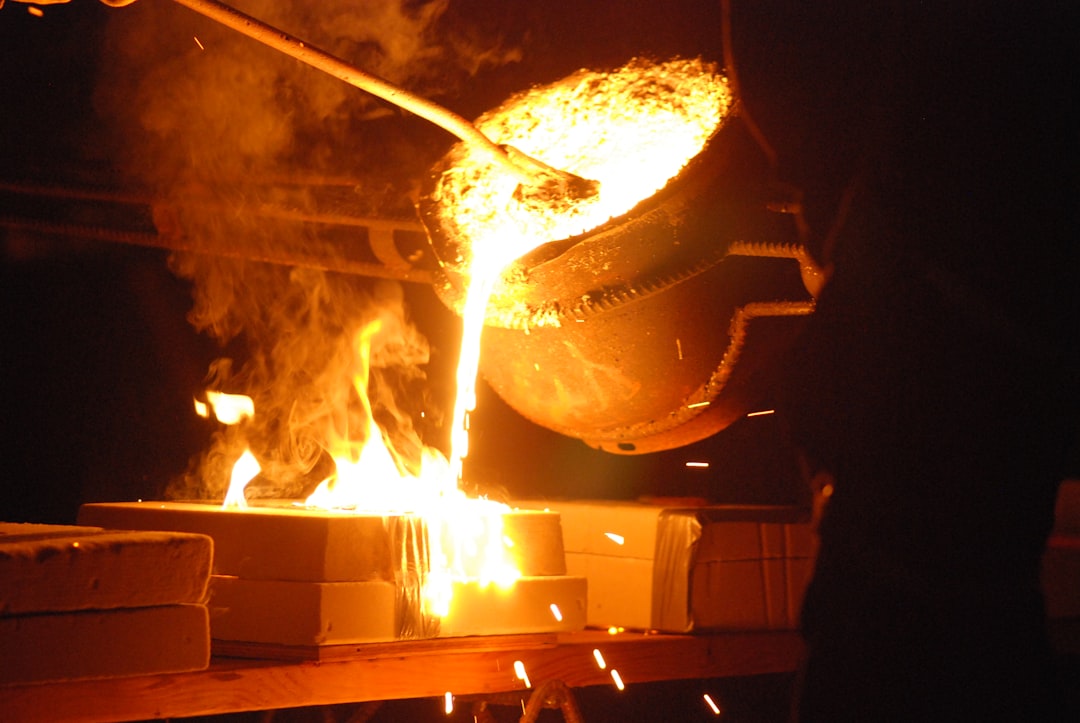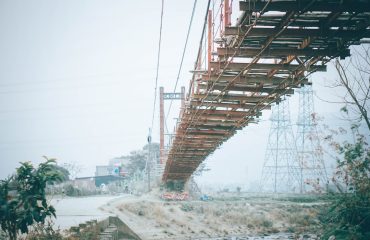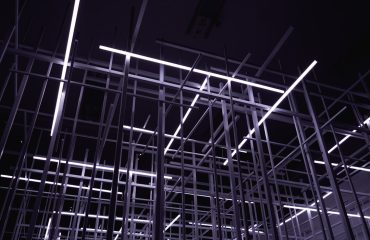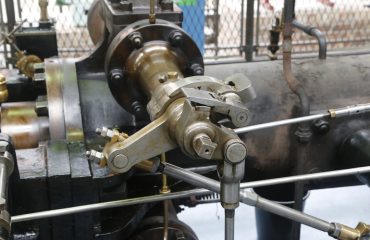In a world increasingly focused on sustainability and resource efficiency, the design of long-life steel products is not just a desirable attribute—it’s a necessity. Creating steel products that withstand the test of time requires a deep understanding of material science, manufacturing processes, and environmental factors. This post delves into the crucial aspects of designing steel products for exceptional longevity, exploring the journey from initial concept to final, enduring product.
1. Strategic Material Selection: The Foundation of Durability
The journey towards a long-life steel product begins with meticulous material selection. The choice of steel grade directly impacts its resistance to corrosion, wear, and fatigue. High-strength low-alloy (HSLA) steels offer an excellent balance of strength and weldability, making them suitable for various applications. For extreme environments, stainless steels, particularly those with higher chromium content, provide superior corrosion resistance. Consideration must also be given to the specific application. A steel bridge requires different properties than a surgical instrument. Factors like anticipated stress levels, exposure to chemicals, and temperature fluctuations all play a crucial role in determining the optimal steel grade. Advanced techniques like microalloying can further enhance the properties of the chosen steel, tailoring it to specific performance requirements. Life cycle assessment (LCA) should also be integrated into this stage, considering the environmental impact of steel production and the overall carbon footprint of the product.
2. Optimized Manufacturing Processes: Precision and Efficiency
The manufacturing process significantly influences the final product’s lifespan. Precise fabrication techniques minimize internal stresses and defects that can act as initiation points for fatigue and fracture. Advanced manufacturing methods like robotic welding offer superior consistency and precision compared to traditional methods, leading to stronger and more reliable welds. Proper heat treatment is crucial for achieving the desired mechanical properties, such as hardness and tensile strength. Careful control of temperature and time during heat treatment prevents the formation of undesirable microstructures that compromise durability. Furthermore, the use of Computer-Aided Design (CAD) and Computer-Aided Manufacturing (CAM) allows for the creation of optimized designs that minimize stress concentrations and improve overall structural integrity. Careful quality control at each stage of the manufacturing process is essential to ensure the final product meets the required standards of longevity.
3. Protective Coatings: Shielding Against the Elements
Protecting steel from the harsh realities of its environment is paramount for extending its lifespan. A wide range of protective coatings are available, each tailored to specific environmental conditions. Galvanization, a process of applying a zinc coating, provides excellent corrosion protection through sacrificial anodic protection. Powder coating offers a durable, aesthetically pleasing finish that resists chipping and abrasion. For more extreme environments, specialized coatings like epoxy resins or polyurethane can offer additional protection against chemicals and UV radiation. The selection of the appropriate coating depends on factors such as the severity of the environment, the required aesthetic finish, and the cost-effectiveness of the chosen method. Proper surface preparation before applying the coating is crucial for optimal adhesion and performance. Regular inspection and maintenance of the protective coating are also vital in ensuring its continued effectiveness.
4. Design for Durability: Engineering for Longevity
The design itself plays a pivotal role in determining the lifespan of a steel product. Stress analysis using Finite Element Analysis (FEA) helps predict potential points of failure and optimize the design for maximum strength and durability. Minimizing stress concentrations through careful geometry design is essential. Sharp corners and abrupt changes in section should be avoided as they can act as stress risers. Proper consideration of fatigue loading is also important, particularly for components subjected to cyclic loading. Designing for repairability and maintainability extends the product’s lifespan by allowing for easy repair or replacement of damaged components rather than discarding the entire product. This approach aligns with circular economy principles, reducing waste and maximizing resource utilization.
5. Lifecycle Management and Sustainability: Beyond the Design Stage
Designing for long life doesn’t end with the manufacturing process. Effective lifecycle management strategies are essential for maximizing the product’s operational lifespan. This includes providing clear instructions for proper use and maintenance, ensuring easy access to spare parts, and offering repair services. Implementing a robust quality control system throughout the product’s lifecycle helps identify and address potential issues early on, preventing premature failure. Furthermore, incorporating sustainability principles into the design process, such as using recycled steel and minimizing material usage, contributes to a more environmentally friendly approach. End-of-life management strategies, such as recycling or responsible disposal, further minimize the environmental impact, closing the loop and promoting a circular economy.
By carefully considering these five key aspects—material selection, manufacturing, coatings, design, and lifecycle management—we can create steel products that not only meet performance requirements but also stand the test of time, contributing to a more sustainable and resource-efficient future. The art and science of designing long-life steel products are intertwined, demanding a holistic approach that encompasses all stages of the product’s journey.
SEO Tags:
- Long-life steel
- Durable steel products
- Steel design for longevity
- Corrosion resistant steel
- Sustainable steel design




